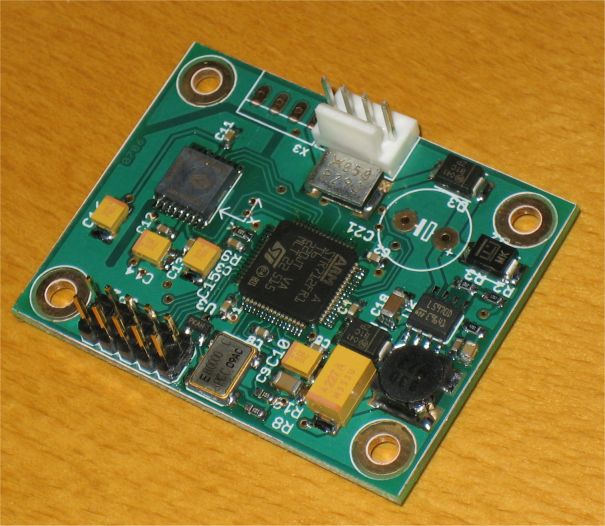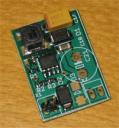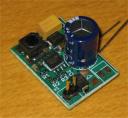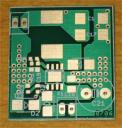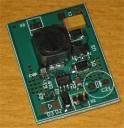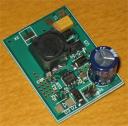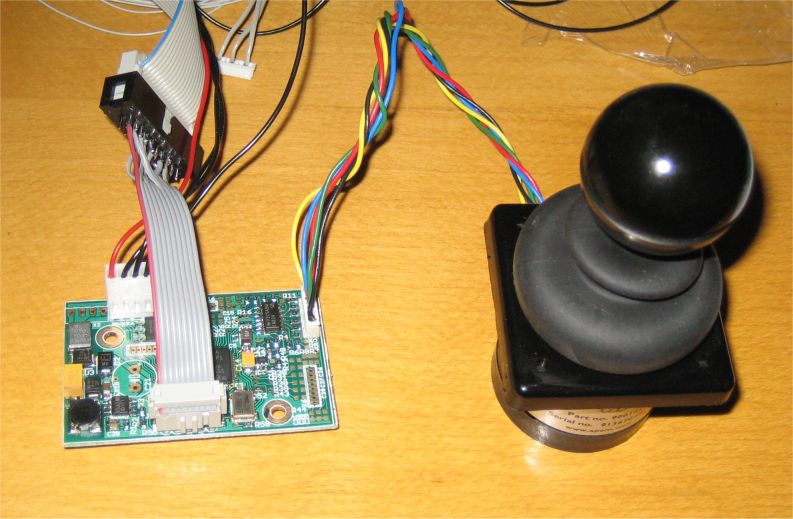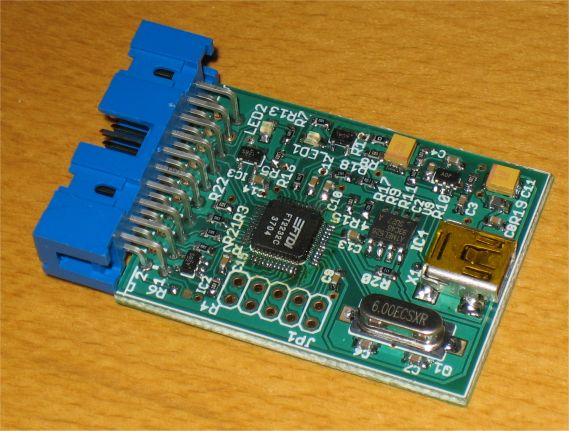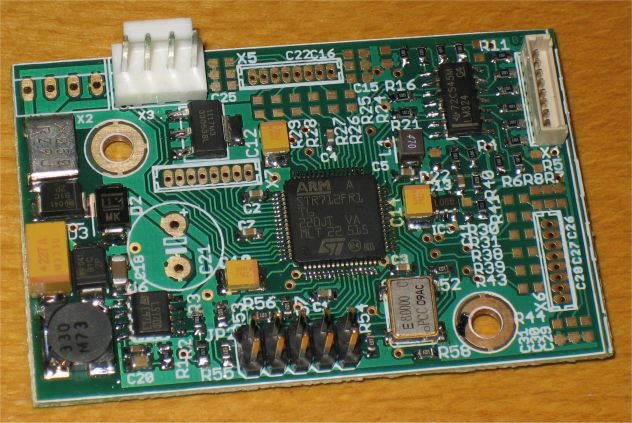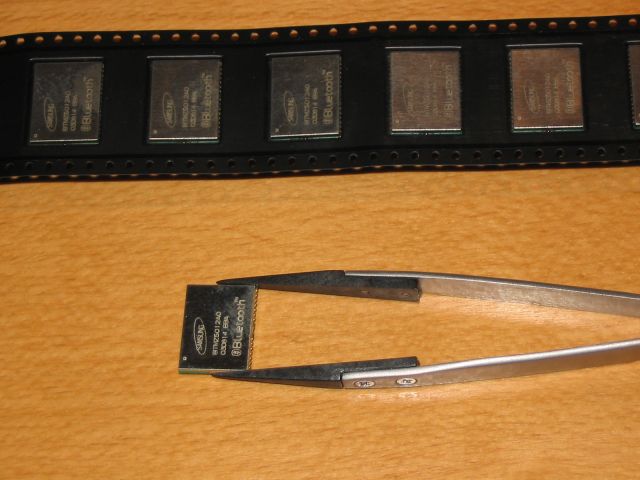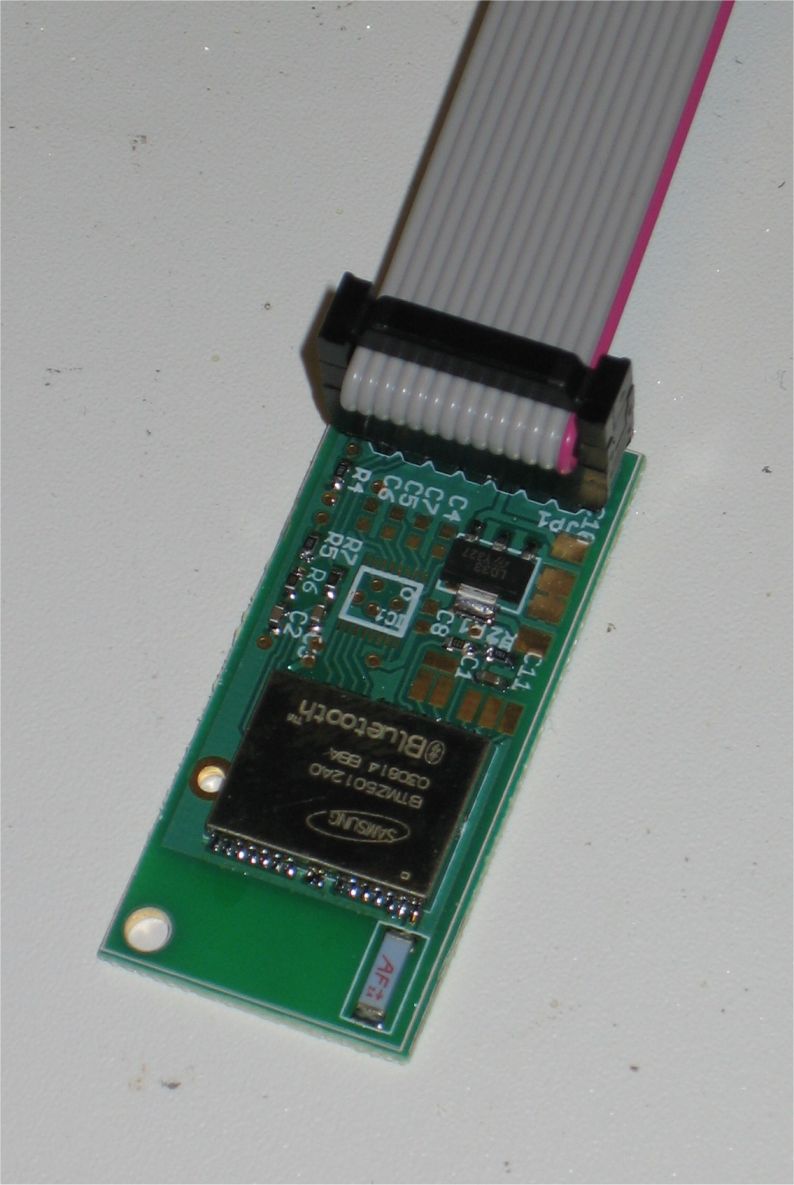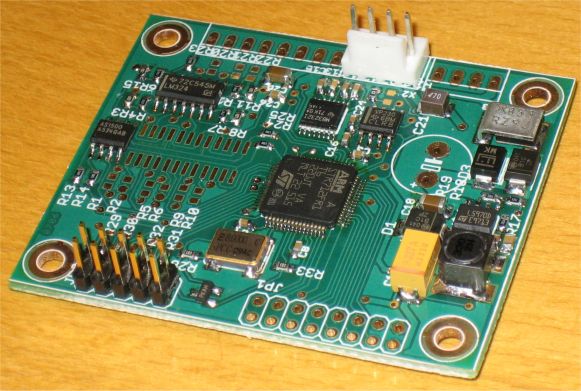Inclinometer / accelerometer module
Monday, July 16th, 2007Accelerometer module based on a VTI Technologies SCA3000 series 3-axis accelerometer. Mainly intended for inclinometer purposes but can be used for other accelerometer needs also. RS-232 and CAN interfaces and wide input voltage support. Accelerometer used in this module has +-2G range and also has a built in temperature sensor that can be used for calibration and temperature compensation.
It will be interesting to see how well this behaves, especially in environments with lots of vibration. Maybe a simple running average would work for filtering or then maybe FIR or IIR filters might offer some advantages.
There were couple bugs with this first PCB revision as it was the first time I have used the STR7 controller so I had connected the accelerometer chip select to the slave select pin of the STR7 just like in the first prototype tested with an AT91SAM7S evaluation board. But unlike AT91SAM7S it’s not possible to use that pin as the chip select in master mode but instead it has to be tied high for master mode operation with STR7. But nothing that little cutting of traces and soldering couldn’t fix.
